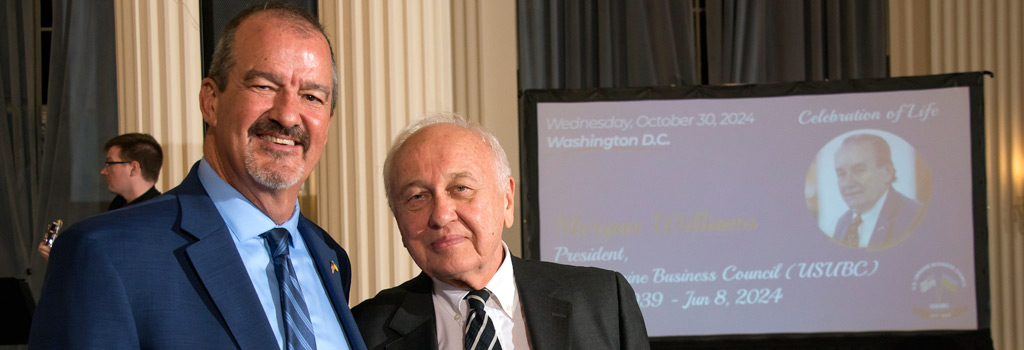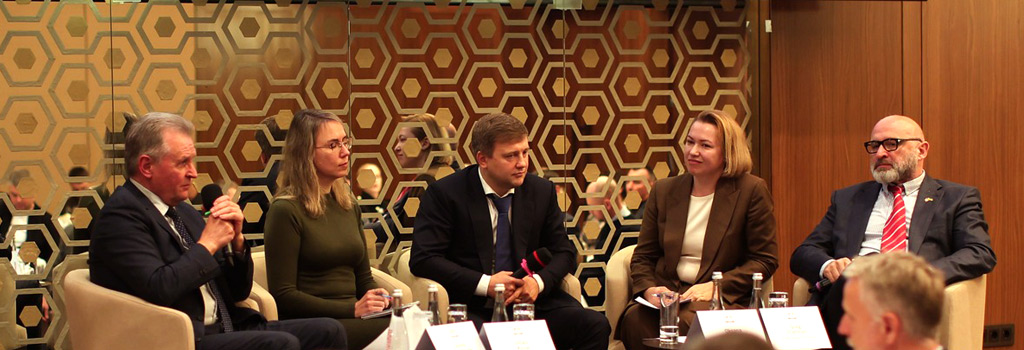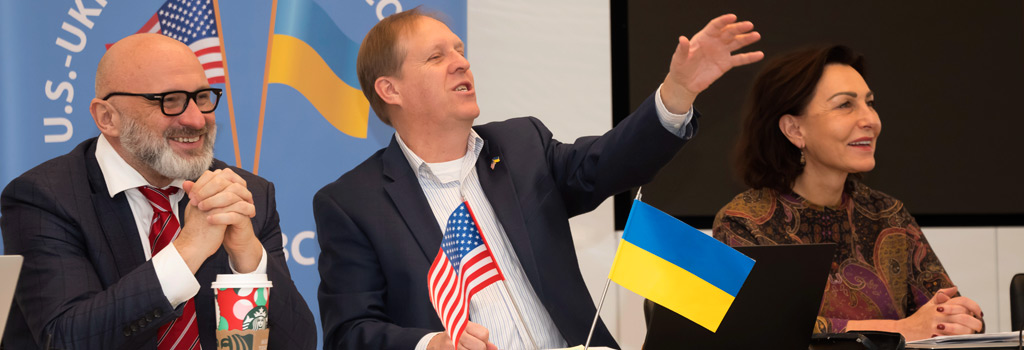Featured Galleries USUBC COLLECTION OF OVER 160 UKRAINE HISTORIC NEWS PHOTOGRAPHS 1918-1997
 Holodomor Posters
Holodomor Posters

EY survey: Middle market companies should build the tax function of the future
 EY, London, Kyiv, Ukraine
EY, London, Kyiv, Ukraine
Mon, June 6, 2016
Think global, act global: why middle market companies should build the tax function of the future today
- 76% of surveyed Middle market companies have experienced a growth in the overall number or aggressiveness of tax audits;
- 64% report an increase in cross-border focus by tax authorities.
- Lack of internal processes and controls named the leading perceived cause of tax risk among survey respondents
KYIV, 6 JUNE 2016. Tangible tax changes are now occurring month-by-month and often day-by-day: tax transparency is becoming the “new normal”. Information on the cross-border tax rulings granted to a company in one European Member State will be available for all other revenue authorities to examine, and if the European Parliament has its way, will need to be disclosed in company’s financial statements. Business fears that potential new rules on what constitutes a permanent establishment (PE) may be used by some countries to justify an overly aggressive approach to finding (and then taxing) PEs.
Aidan O'Carroll, Global and EMEIA Leader, Global Compliance and Reporting, EY, comments: “The impact of such change is not limited to the world’s largest multinational companies. Increasingly, middle market companies[1] now find themselves under the spotlight of public, media, tax authority or even internal scrutiny. The rising use of technology and data analytics means that governments and tax authorities are able to consistently lower the threshold at which this increased scrutiny occurs. Consider Schedule UTP (for the reporting of Uncertain Tax Positions) in the United States, where the original asset threshold for filing dropped from US$100m in 2010 to US$50m in the 2012 tax year and to US$10m for 2014. All these factors put tax higher on the corporate agenda than it has ever been”.
Outside national markets, some middle market companies also find themselves the focus of the Organization for Economic Co-operation and Development’s (OECD’s) Base Erosion and Profit Shifting (BEPS) project, where the minimum threshold for country-by-country reporting of financial data (CCR) has been set at €750m or the local currency equivalent.
Challenges mounting
Middle market companies are already facing significant pressures in how they manage their tax compliance and reporting responsibilities. 89% of global respondents to the EY Middle Market survey have experienced a revenue authority review or audit in the last three years; 76% have experienced a growth in the overall number or aggressiveness of tax audits; 64% report an increase in cross-border focus by tax authorities.
But not all stress points come from outside the enterprise: 73% say their organization has undergone some form of restructuring in the last three years while 67 report conducting some form of finance transformation exercise. A lack of internal processes and controls was the leading perceived cause of tax risk among survey respondents.
Vladimir Kotenko, Partner, Head of Tax & Law at EY Ukraine: “In Ukrainian business environment a company might benefit hugely from having a well-developed tax function. It’s difficult to overestimate the tax function’s role for ensuring compliance, giving an early assessment of planned transactions from tax perspective and disputes resolution”.
People and talent management for middle market tax functions
Reflecting the range of new tax challenges, the number of companies that say their tax resources have increased over the last three years exceeds the number that say they have decreased by a factor of more than 10-to-1 (42% vs. 4%).
81% of global respondents report that their tax function has “excellent” or “good” relationships with the finance function, but when asked about their relationships with other parts of the business (such as manufacturing, R&D, marketing or legal counsel), global results fell to 52%. As middle market companies expand, identifying and sustaining these relationships are imperative.
More than half of all respondents (54%) report that their tax function members receive less than 20 hours of training per year. Respondents based in Brazil, Russia, India and China (BRIC) reported the least hours of training, with 78% receiving less than 20 hours per year. Results also show that companies tend to provide more training the larger they are. The vast majority of training (79% of companies) was delivered by an external vendor or provider, while ad hoc reading of articles, publications and tax alerts was reported by 69% of respondents. 42% percent of respondents say that attendance on webcasts or similar virtual channels forms part of their training, while 39% deliver in-house training or seminars.
Globally, 44% of respondents say that tax performance is formally measured, while 36% say that tax function performance is not formally measured. Creating tax savings, lodging returns or regulatory filings on time, and having success in dealing with tax authorities were the three highest-ranked performance measures (in that order), with no more than 4% difference among the votes cast for the three. Meeting tax operating budgets, the availability of tools for creating the tax provision and peer benchmarking were the three lowest-rated performance measures.
[1] “Middle market” naturally means different things in different jurisdictions. For the purposes of this survey and resulting report, we are defining middle market as any company, irrespective of whether it operates domestically or across borders, with annual revenues up to US$3b.

















